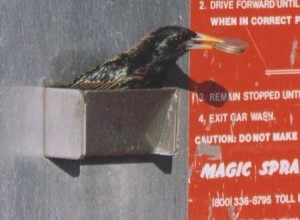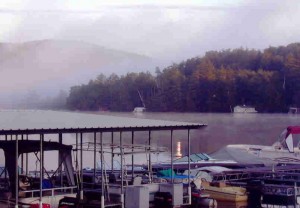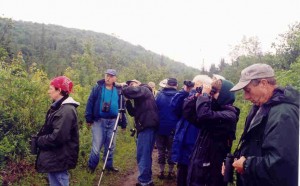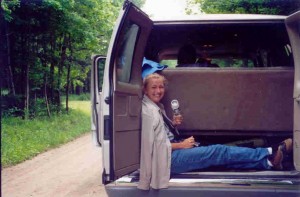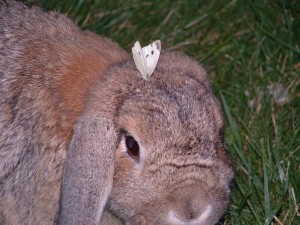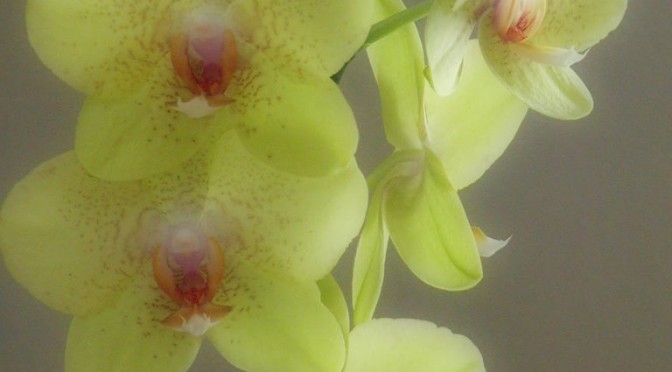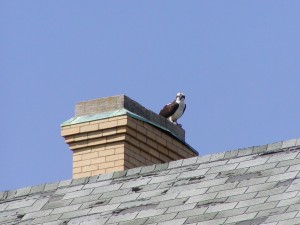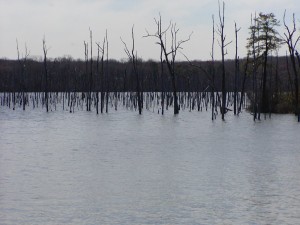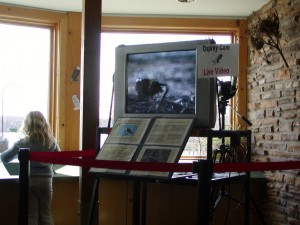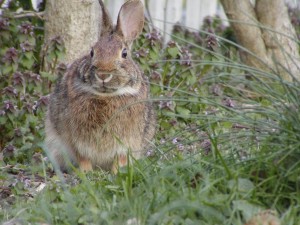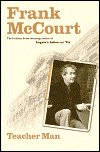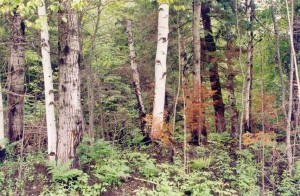
The following is a small part of a literary translation project I completed while an undergraduate Spanish major. The author is Ana Maria Matute and this essay was published in 1973 as part of her book, El rio (The River).
Ever since I was a young child I have been drawn to trees. I always knew their names, but for a long time I gave them names of my own that I can still remember. The trees in a forest are obviously different from one another, like people, once you have spent time with them. There are things that exist among the trees that cannot be found anywhere else. Nothing is the same as their shade, their silence, their quiet life. The beech trees, the oaks, the white and black poplars. And each one of them has an expression distinct from the others of its kind. I remeber the afternoons, the mornings, the sunset with the light disappearing among the trunks. That intense and silent life, stretched across the land, facing the sky. You are never totally alone among the trees. The wind, the swaying branches, the splendor of the leaves, the pathways of the rain, the crevices that run across the bark; they all fascinate me. I remember how I used to rest my head on the tree trunks and pass the time as if submerged in those tiny routes, lost in some long dream that even today I haven’t been able to decipher. The rain among the trees is different than any other rain, so is the sun, the sounds, and the color of everything.
Time, which turns all things to ash, seems to linger among the trees and, like the wind, embraces and is gone. They grow before our eyes, but we don’t realize it. They stretch out their branches and don’t grow old. Maybe one day someone says, “That tree has died.” And then we realize suddenly and completely that the tree has stopped living, that it is only a corpse, still standing proudly. It allows itself to be bound with ropes, to be severed. Painlessly it falls, raising a warm, delicate dust and disappears with its great dignity intact. No one can humiliate a tree. No one has ever seen one die. I have always loved trees and sensed their nostalgia. I remember a tall tree that stood all alone at the beginning of the path that went from the meadow to the high garden of the house. It was a type of black poplar known as “Carolina”, with a thick and knotted trunk and large leaves that was planted by one of my uncles when he was a child. In the time that I knew it, it seemed like the mast of some strange and great ship. Many times as children we “played ship” underneath that tree, or we stretched out beneath its branches when we came back from the river or some other excursion to calm down before we went in the house, so that no one would know from our tired faces what we’d been up to. That tree was something natural and majestic, immune and wisely established. As unchangeable as the sun, I never wondered when it had been born, nor did I ever think that one day it would die. Nonetheless, one morning my grandfather said, pointing at it with his walking stick, “That tree is dead.”
It was like a revelation for me. All of a sudden I realized that I had grown up, that I was no longer a little girl. That lives, objects, feelings, and even dreams were disappearing all around me. That no longer would anyone stretch out near that trunk to watch the clouds pass by, as if escaping to some unknown land. I felt pain that was unknown to me up until that moment. An intense pain, but a beautiful one.
My grandfather ordered that the tree be cut down. I witnessed the scene atop the stone wall that surrounded the poplar grove. They hit its base with axes, surrounded its body with rope. There was something great and sad in all of this, like martyrdom. The tree didn’t lose its grace or its great pride for a moment during its beautiful death. The blows of the axes rang out clearly in the morning. They hurt and did good at the same time. I said to myself, “I hope that I will always be treated like this.” I wished then that the bad news, the bitter events, and death would come upon me suddenly, courageously, without slow and falsely charitable announcements. If death or sorrow were to come upon us as they come upon a tree, we would never grow old.
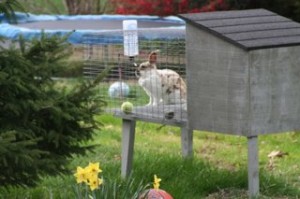 My neighbors are nice people; they mean well. Their kids *love* this bunny. But this is his life, day in and day out. He’s out there in the freezing cold of winter and the steamy heat of summer. He has shelter and shade, and food, but none of the comforts of a house rabbit. He is missing out on a lot, as are his owners.
My neighbors are nice people; they mean well. Their kids *love* this bunny. But this is his life, day in and day out. He’s out there in the freezing cold of winter and the steamy heat of summer. He has shelter and shade, and food, but none of the comforts of a house rabbit. He is missing out on a lot, as are his owners.

